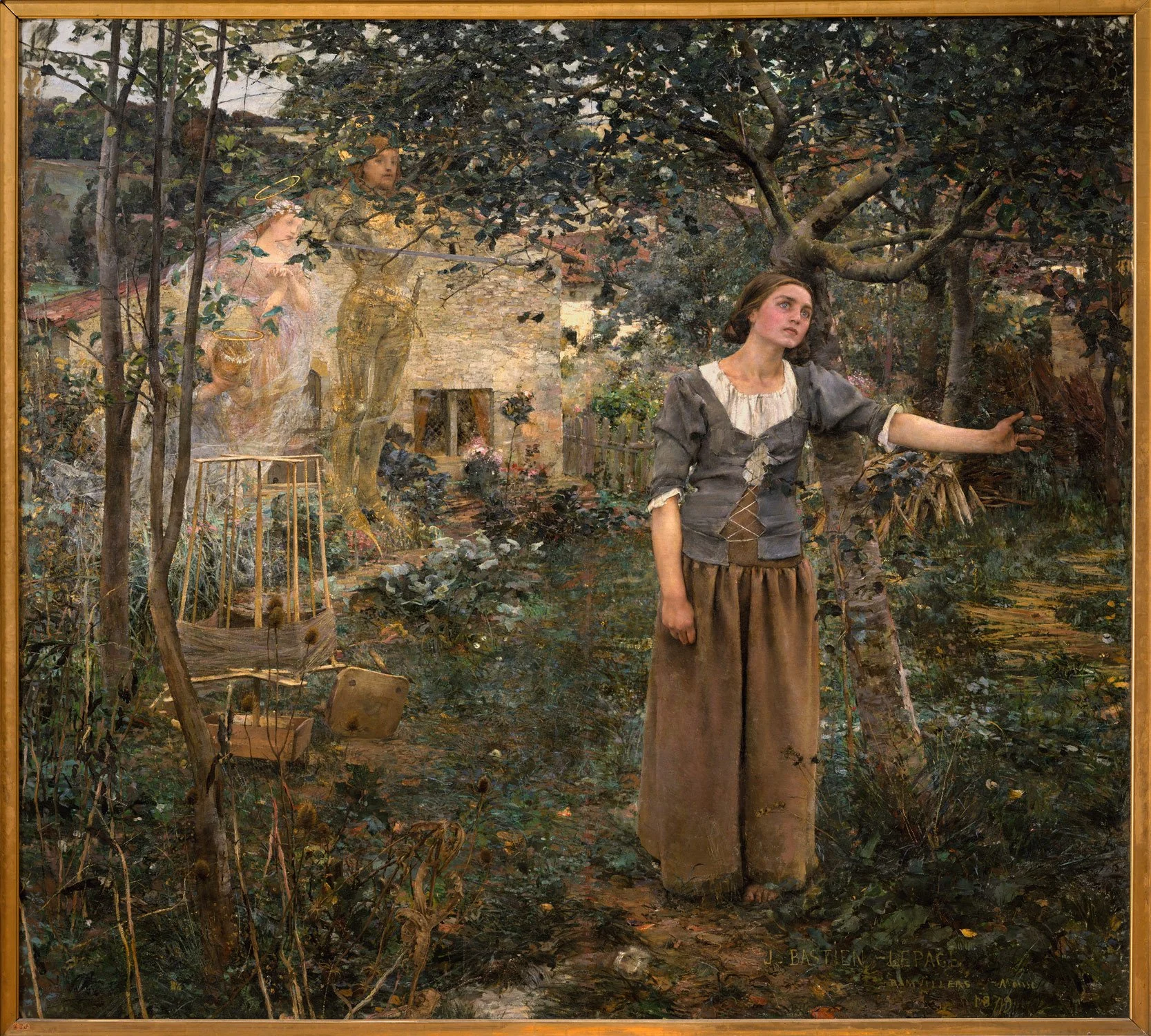Bastien-Lepage’s painting reminds me of that. The way Joan’s fingers brush a branch—that tiny moment anchors the entire emotional weight of the painting. It grounds the epic in the everyday. And if we as filmmakers can learn how to embed that kind of detail into our scenes, even the quietest moments can speak volumes.
Previous
Previous
Some Reasons Why Your Film Production isn’t Working and How to Fix it
Next
Next











